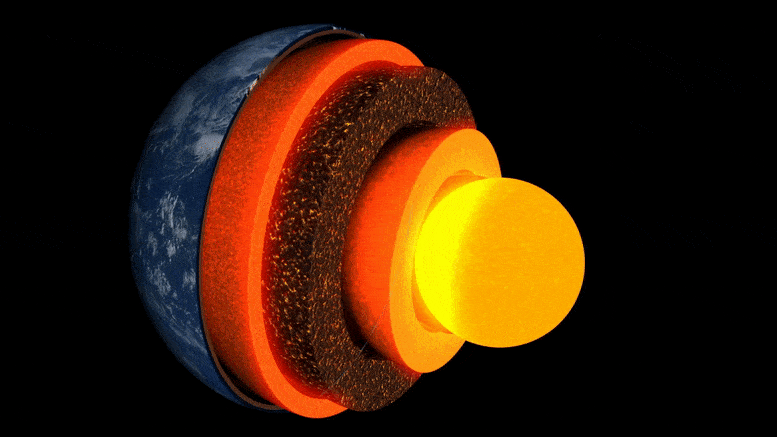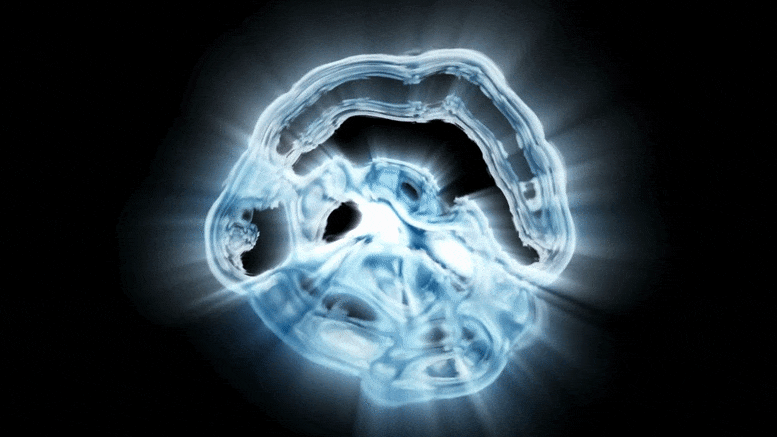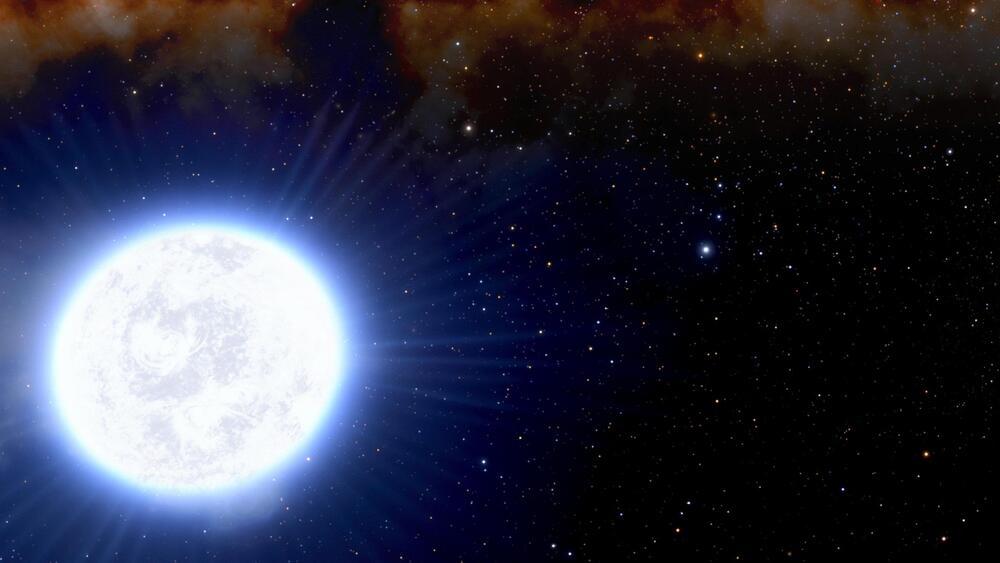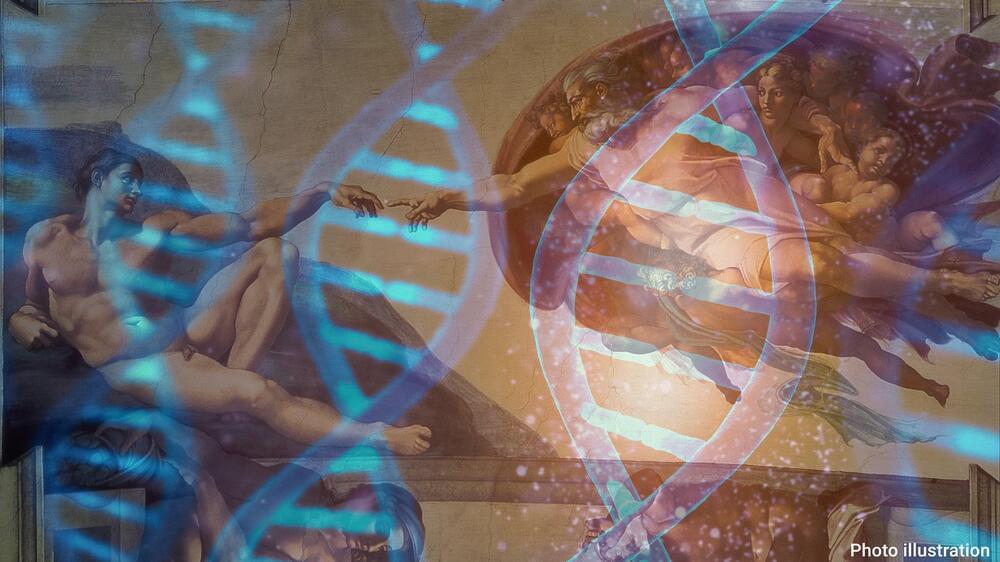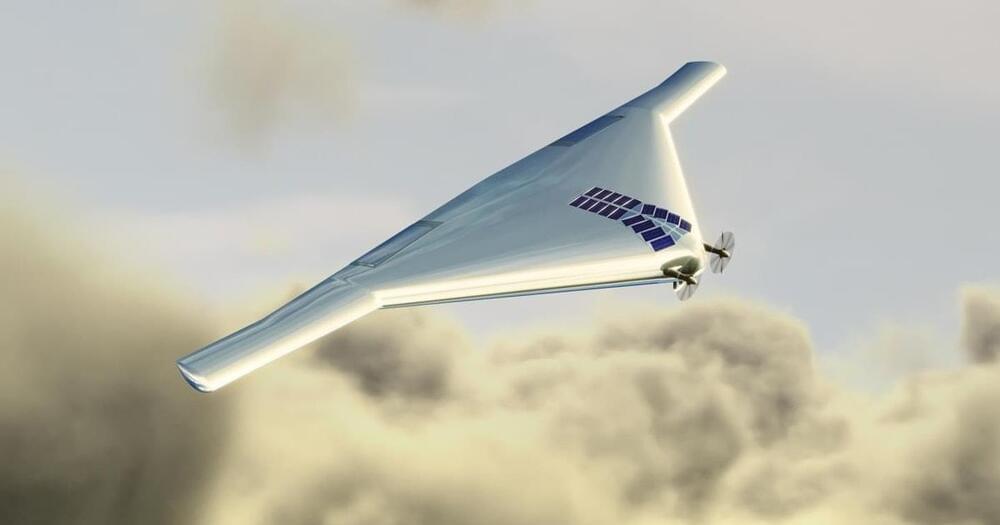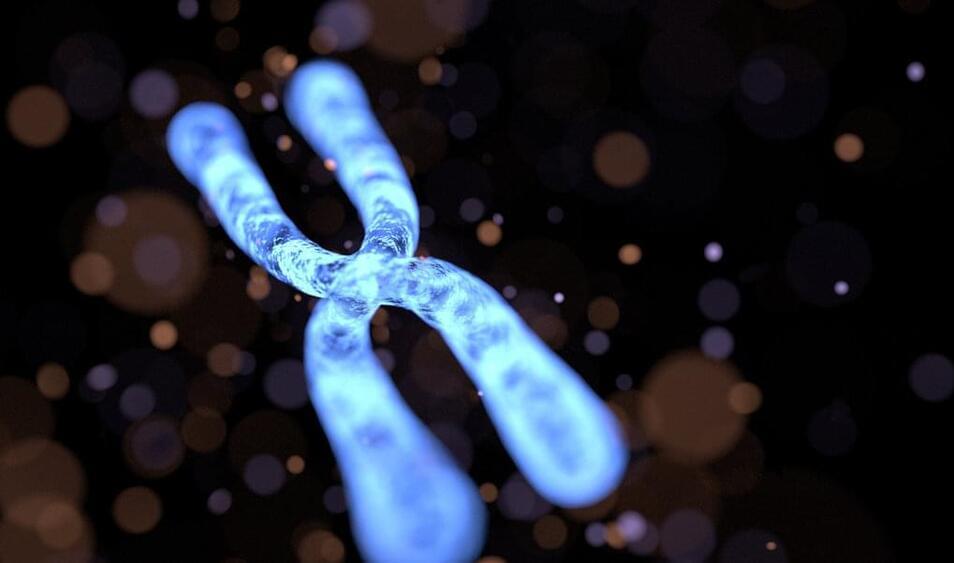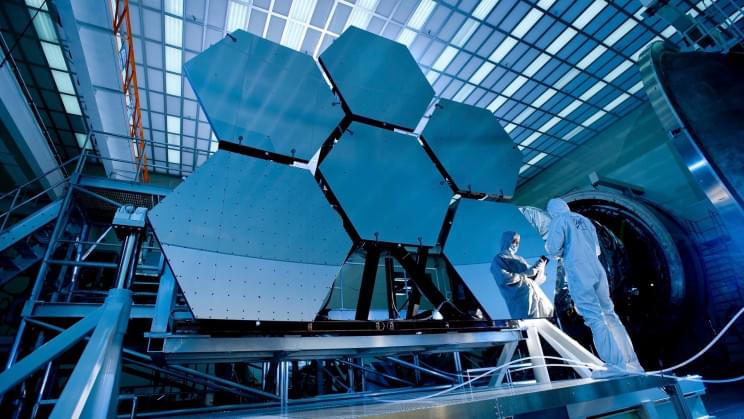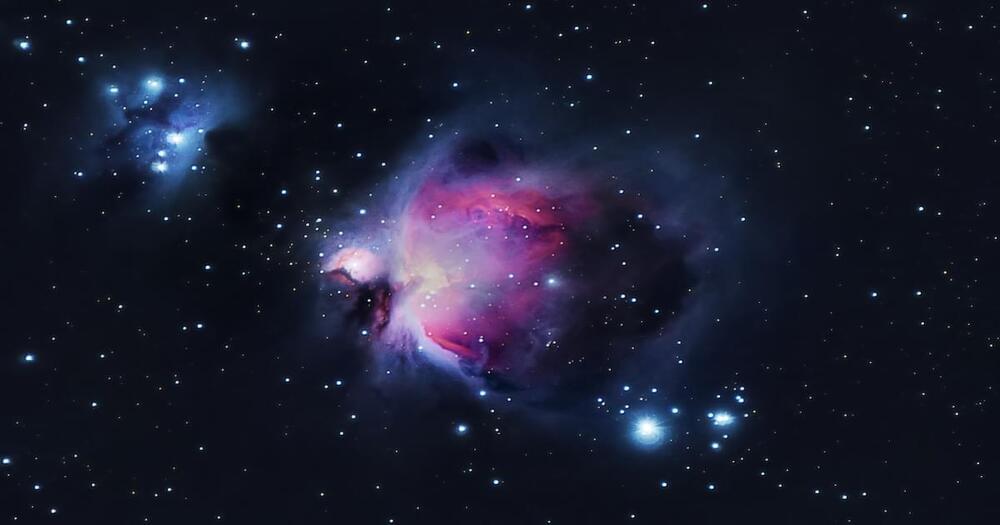Researchers at ETH Zurich have demonstrated in the lab how well a mineral common at the boundary between the Earth’s core and mantle conducts heat. This leads them to suspect that the Earth’s heat may dissipate sooner than previously thought.
The evolution of our Earth is the story of its cooling: 4.5 billion years ago, extreme temperatures prevailed on the surface of the young Earth, and it was covered by a deep ocean of magma. Over millions of years, the planet’s surface cooled to form a brittle crust. However, the enormous thermal energy emanating from the Earth’s interior set dynamic processes in motion, such as mantle convection, plate tectonics, and volcanism.
Still unanswered, though, are the questions of how fast the Earth cooled and how long it might take for this ongoing cooling to bring the aforementioned heat-driven processes to a halt.
